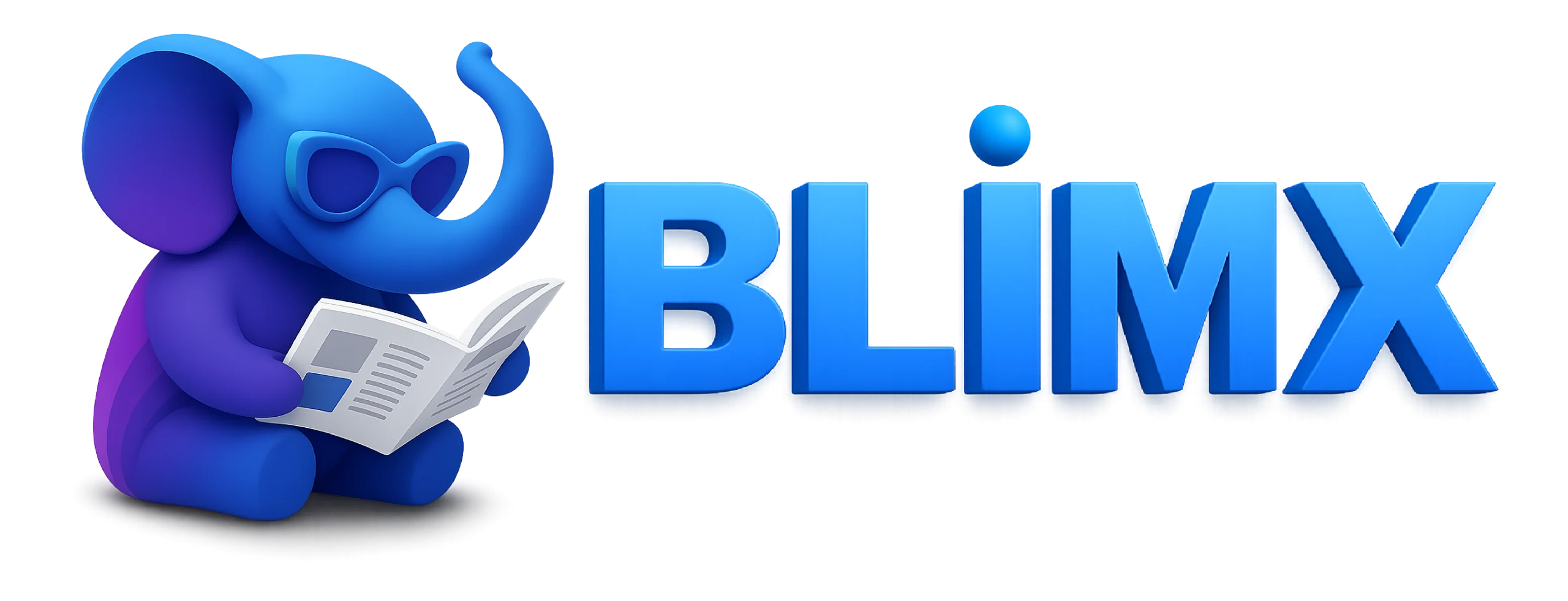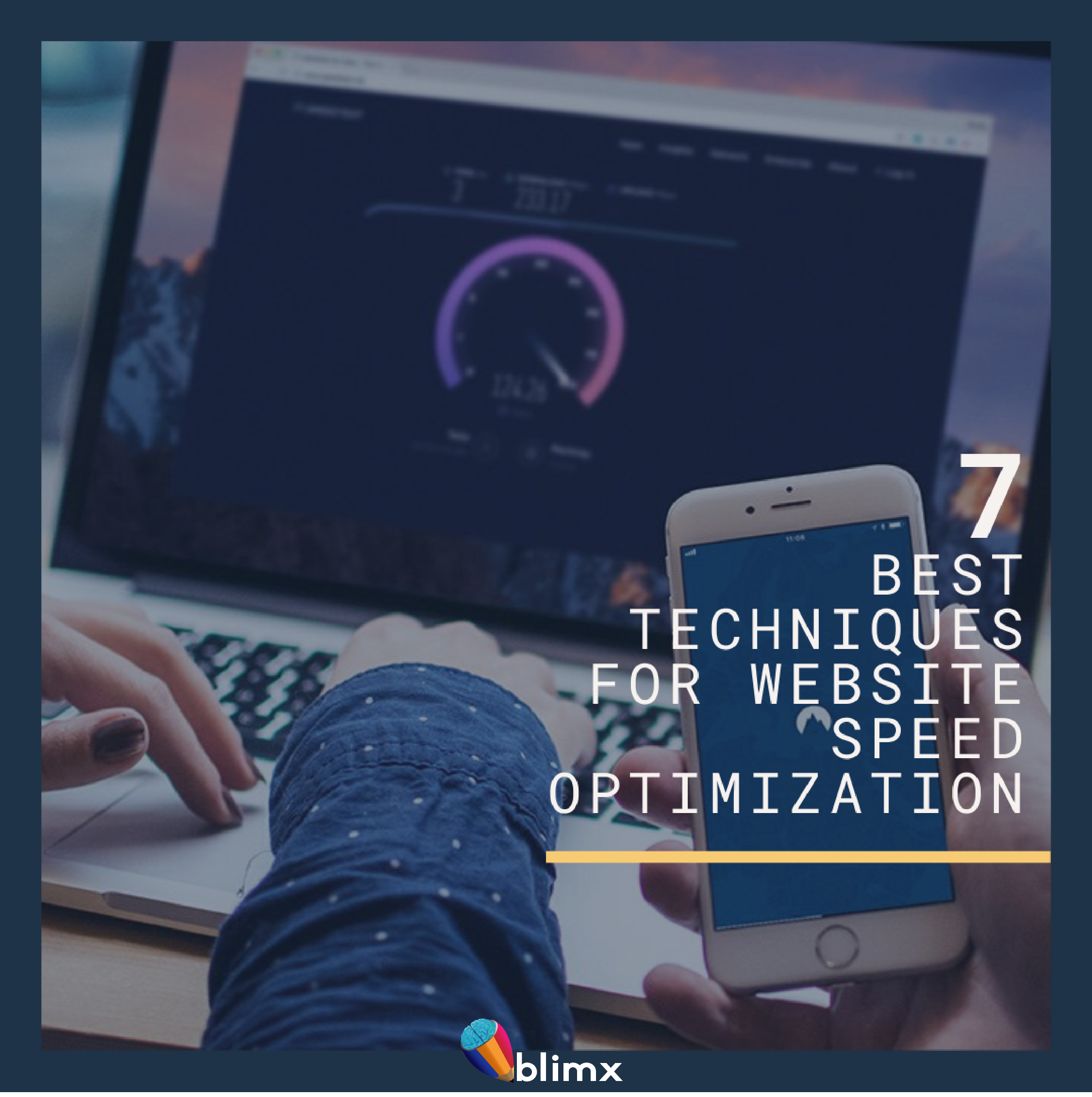Average Rating:
5.0 stars (based on 162 ratings)
Recommended tips to improve website speed optimization:
- Test Your Site’s Speed.
- Optimize Image Sizes by Using the Correct File Format.
- Use a CDN (Content Delivery Network).
- Use External JS and CSS Files.
- Prioritize above-the-fold content (lazy loading).
- Use Only the Plugins and Tools You Absolutely Need.
- Reduce redirects.

1. Test Your Site’s Speed:
The first thing to do when optimizing your website’s speed is to determine if there’s a problem that needs to be fixed. You can do this by running your site through a page speed testing tool (more on those below) and seeing how long your site and its pages take to load. This is often the starting point for any SEO or optimization strategy.
2. Optimize Image Sizes by Using the Correct File Format:
Images can play a major role in your site speed. They’re often very large files, which can slow down page load times. By picking the right image format, you can optimize file sizes without losing image quality. For example, unless you need the image transparency (alpha layers) that the PNG format has to offer, the JPG format often displays photographic images at smaller file sizes. These optimizations are also crucial when considering effective website design.
3. Use a CDN (Content Delivery Network):
Your site’s speed is greatly affected by where the user’s location is, relative to your web server. The farther away they are, the more distance the data being transmitted has to travel. Having your content cached across multiple, strategically placed geographical locations helps take care of this problem. With a CDN, you cache your site on a global network of servers. When a user’s browser requests files from your site, that request is routed to the closest server.
4. Use External JS and CSS Files:
When the user first loads your web page, the browser will cache external resources like CSS and JavaScript files. Thus, instead of inline JavaScript and CSS files, it’s best to place them in external files. These are common best practices in digital strategy to improve long-term performance.
5. Prioritize above-the-fold content (lazy loading):
Besides image compression, another way to improve your website load time through image optimization is by enabling lazy loading.
6. Use Only the Plugins and Tools You Absolutely Need:
Strikingly creates templates that are free from unnecessary code and fluff to ensure that your page loads smoothly. To help keep it this way, we also recommend keeping the number of plugins that you add to the site to a minimum. It’s nice to build a full-featured website but make sure to stick to the ones that are necessary for your site’s functions. Run regular performance testing to identify which plugins are causing your website to slow down. Try to avoid unnecessary scripts and make sure that your plugins are always updated. If you’re unsure what’s best for your case, feel free to contact an expert team for support.
7. Reduce redirects:
Again, redirects result in extra requests. As your site ages, it is natural that you’ll have a number of redirects; however, when redirects are poorly done or when you have too many redirects in place it will begin to bog down your site and negatively impact your site load time. Of course, while you almost cannot do without redirects there are instances in which you should be worried.









